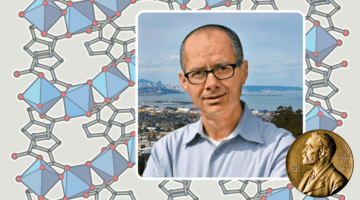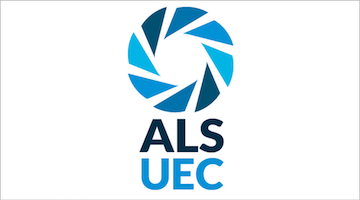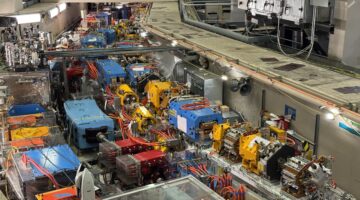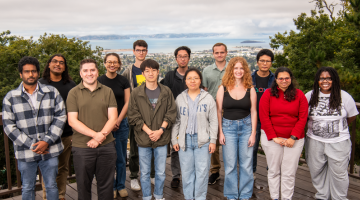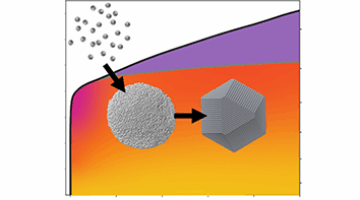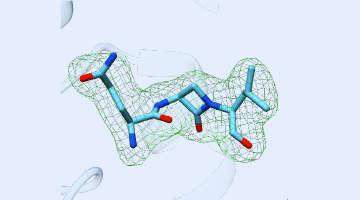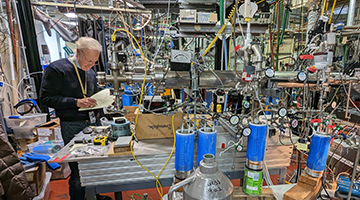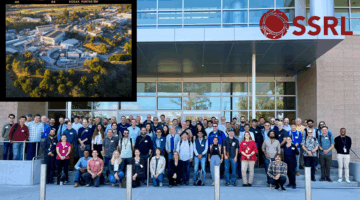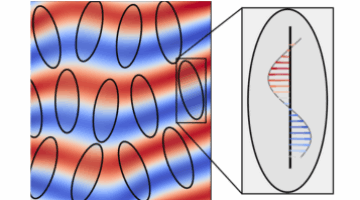The 2025 Nobel Prize in Chemistry was awarded to Omar Yaghi, Susumu Kitagawa, and Richard Robson for the development of metal–organic frameworks (MOFs). At many different ALS beamlines, Yaghi used a broad range of techniques to characterize MOFs in formats such as small crystals, thin films, and powders, leading to applications in water harvesting, carbon dioxide conversion, and more. Read more »
All News & Updates
UEC Nominations Due October 31, 2025
The Advanced Light Source Users’ Executive Committee (UEC) invites nominations for its upcoming election for five new UEC members (2026–2028 term). Nominations will be accepted through Friday, October 31, 2025. Take a look at what is involved, and remember that self-nominations are welcome! Read more »
2025 Summer Shutdown Recap
The ALS returned to user operation in October after a lengthy shutdown. During the shutdown, a major milestone for ALS-U was accomplished: The mechanical installations of the accumulator ring and the booster-to-accumulator-ring transfer line were completed. Read more »
Applications due October 31 for Doctoral and Postdoctoral Fellowships
Applications for the next round of ALS Doctoral and Postdoctoral Fellowships are due October 31 for a start date in 2026. Fellows spend a year in residence at the ALS pursuing research projects in teams that include staff and the user community, and are exposed to current scientific challenges that can be tackled using advanced synchrotron radiation tools. Read more »
Building Materials from the Nanocrystal Up
Researchers used the Advanced Light Source to clarify how an unusual intermediate state accelerates the transformation of nanocrystals into a superlattice during a two-step process with fewer defects than a one-step process. Read more »![]()
X-Rays Shed Light on Possible New Treatments for TB
Using ALS beamlines, a new study revealed how CMX410 inhibits Pks13, a cell wall enzyme in Mycobacterium tuberculosis, the bacterium responsible for tuberculosis. CMX410 is effective against drug-sensitive and drug-resistant strains of the bacterium and has been proven safe in multiple animal models of infection. Read more »![]()
Like the Sun, ALS Fractures Nitrogen Gas to Study Alien Atmospheres
A research team used the ALS to recreate how the Sun breaks apart nitrogen to inform a new model that can be used to understand the fate of a variety of elemental isotopes to explain atmospheric evolution on planets across the solar system. Read more »
Beam Across the Bay: ALS Visits SSRL
It is rare to find synchrotron light sources around the world, much less two within 50 miles of each other. Capitalizing on their proximity, the Stanford Synchrotron Radiation Lightsource hosted the Advanced Light Source for a day of introductions and reconnections, all in the name of science. Read more »
Call for 2024 and 2025 Publications
All publications resulting from work done in whole or in part at the ALS must be recorded by the User Office for the Department of Energy (DOE). To maintain accurate records and assess the productivity and scientific achievements of our beamlines, please report your ALS publications, especially those published in 2024 and 2025. Read more »
Nematic Magnetic Helices Fluctuate at Different Tempos
During a series of experiments at the ALS, researchers identified helical magnetic spins that fluctuate at different time scales during a phase transition as a function of temperature in a nematic iron germanium thin film. The results provide a framework for characterizing exotic phases, which may have interesting optical and transport properties for microelectronics and spintronics. Read more »![]()
![]()
- 1
- 2
- 3
- …
- 139
- Next Page »
